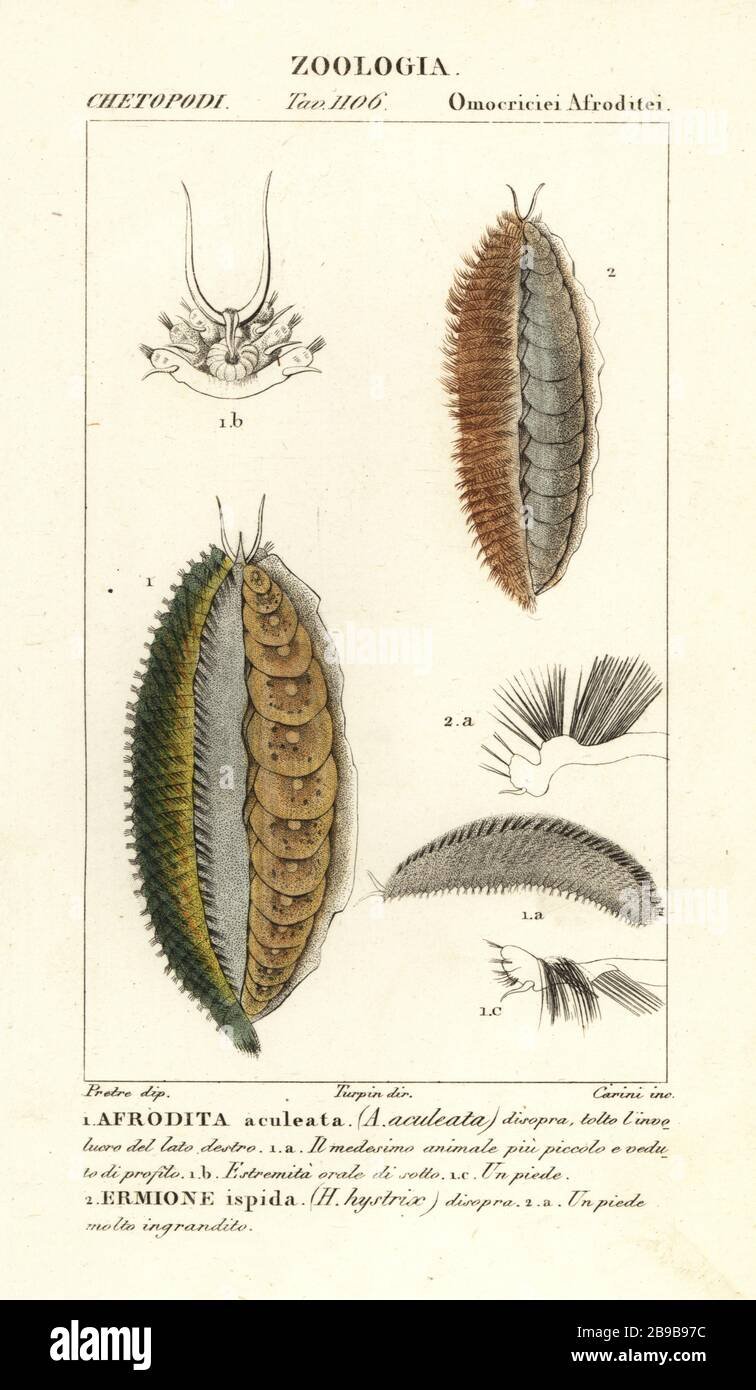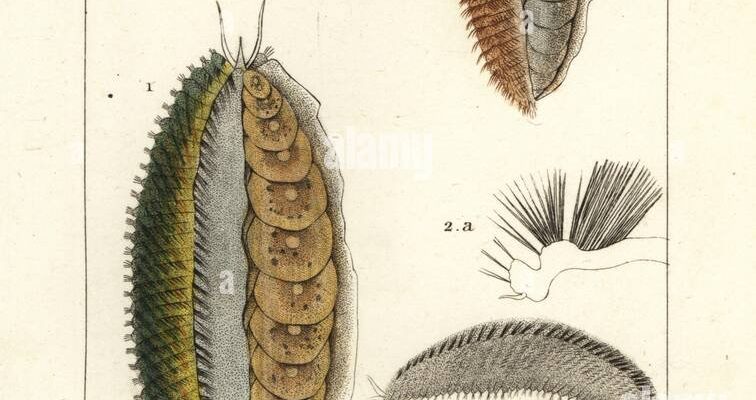
Using remote field cameras, especially models from brands like Bushnell or Reconyx, allows researchers to document the behaviors and activities of these intriguing creatures in real-time. While you might picture a standard video camera, these devices are specifically designed to withstand the elements, making them perfect for observing wildlife without interference. In this article, let’s dive deeper into the world of *Aphrodite aculeata* and explore how we can utilize modern technology to learn more about their behavior.
Understanding Aphrodite Aculeata
The *Aphrodite aculeata*, commonly known as the sea mouse, is a fascinating marine annelid. It’s named for its unique, mouse-like appearance, boasting a body covered in tiny, bristle-like structures that shimmer vibrant colors when exposed to light. Picture a tiny, underwater creature that looks like it’s dressed for a party—its iridescence is both beautiful and practical!
Habitat-wise, these sea mice are usually found on sandy or muddy sea bottoms, often buried just beneath the surface. This allows them to avoid predators while hunting for their favorite meals, which include small crustaceans and detritus. By documenting their behavior, we can learn more about their feeding patterns, social interactions, and environmental adaptations—all crucial for our understanding of marine ecosystems.
Why Use Field Cameras?
Field cameras offer a unique advantage for studying wildlife. Instead of disturbing the habitat with human presence, these cameras can quietly capture footage without interrupting the natural behaviors of the *Aphrodite aculeata*. But you might be wondering, “How do they actually work?”
Most modern field cameras are equipped with motion sensors, which trigger the recording when movement is detected. They often come with high-definition capabilities and night vision, making them versatile for various conditions. You can set them up in places where you expect to find sea mice, and then—voila!—after some time, you can review hours of footage, observing how these creatures interact with their environment.
Using remote cameras also allows researchers to document behavior over extended periods. Imagine being able to observe the same location daily without having to be physically present. This long-term data can be incredibly valuable for studying patterns and behaviors that might be missed during short-term observation.
Setting Up Your Field Camera
Setting up a field camera can be exciting and straightforward! Here’s how you can get started:
- Choose the Right Location: Look for areas where *Aphrodite aculeata* might be present. This could be near rocky outcrops or sandy seabeds.
- Secure the Camera: Make sure the camera is stable and secure. You want it to withstand wind and waves. Use a tripod or stake it into the ground.
- Adjust Settings: Set the right time interval for taking pictures or recording video. Depending on how often you think the sea mice will show up, you might want to adjust the sensitivity and the duration of the recordings.
Once your camera is set up, it’s time to step back and let it do its job. It’s like planting a seed and waiting to see what grows—not just plants, but data and insights!
Troubleshooting Common Issues
Like any piece of technology, field cameras can experience hiccups. Here are some common issues and how to tackle them:
- Battery Life: Make sure you’re using quality batteries. It’s a good idea to carry spare batteries, especially for long observations.
- Storage Space: Regularly check the memory card to ensure there’s enough space. If you’re documenting for several days, consider using a larger card.
- Camera Positioning: If your camera isn’t capturing anything, double-check its angle and height. Sometimes a slight adjustment can make a big difference.
These little setbacks can be frustrating, but they’re part of the learning process. Each challenge is an opportunity to refine your technique and improve your observations.
Analyzing the Collected Data
Once you’ve collected footage, the real fun begins: analyzing the data! This process can be both exciting and revealing. Here’s how to go about it:
- Watch and Take Notes: As you review the footage, jot down observations about behavior, feeding habits, and interactions with other species.
- Look for Patterns: Try to identify any recurring behaviors or changes related to environmental factors, like tidal movements or weather conditions.
- Share and Collaborate: Sharing your findings with other researchers can lead to broader insights and discussions about marine ecosystems.
This analysis can contribute to scientific studies and help in conservation efforts. Each detail you gather can help build a bigger picture of how the *Aphrodite aculeata* fits into its ecosystem.
The Impact of Your Findings
Documenting the behavior of *Aphrodite aculeata* with field cameras can lead to profound insights into marine life. By gathering data, you can help understand not only this specific organism’s role in the ecosystem but also how it interacts with its environment.
Additionally, your work could inform conservation efforts, particularly as marine ecosystems face challenges from climate change and pollution. The more we know about these creatures, the better equipped we are to protect them and their habitats.
When you engage with such studies, it’s not just about observing a creature; it’s about championing the cause for marine life as a whole.
Studying the behavior of *Aphrodite aculeata* with field cameras is a wonderful blend of technology and nature. It allows us to uncover the secrets of these fascinating creatures from a respectful distance, cultivating a deeper appreciation for marine ecosystems. By using the right equipment, setting up thoughtfully, and analyzing our findings, we can contribute valuable insights to the scientific community.
So, whether you’re a hobbyist or an aspiring marine biologist, consider diving into this captivating world. With patience and curiosity, you might just discover the next piece of the puzzle in understanding our oceans better. Happy observing!

